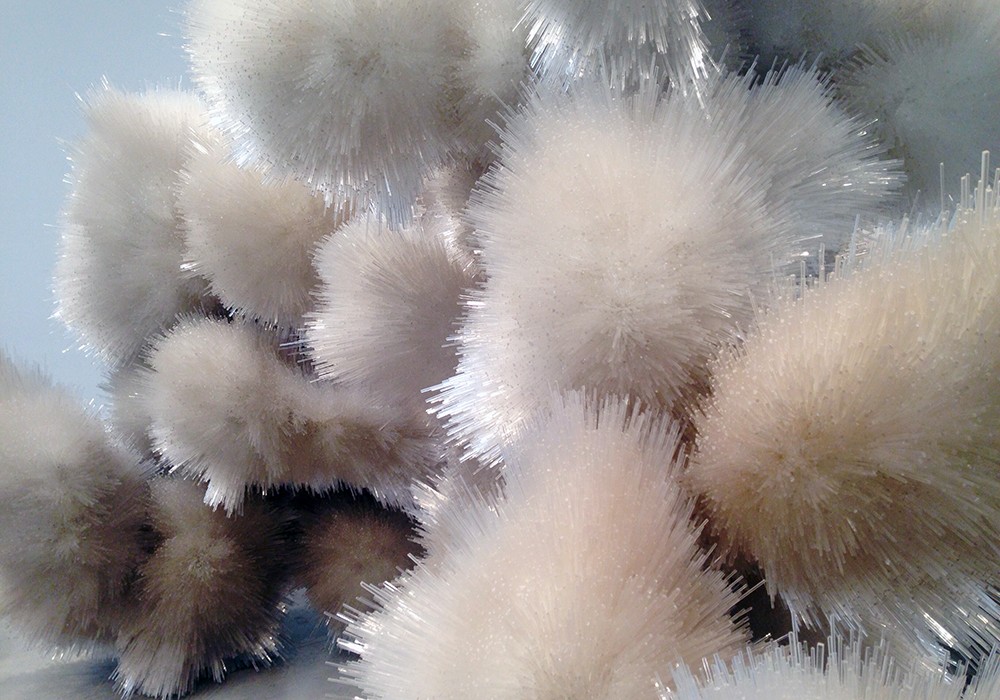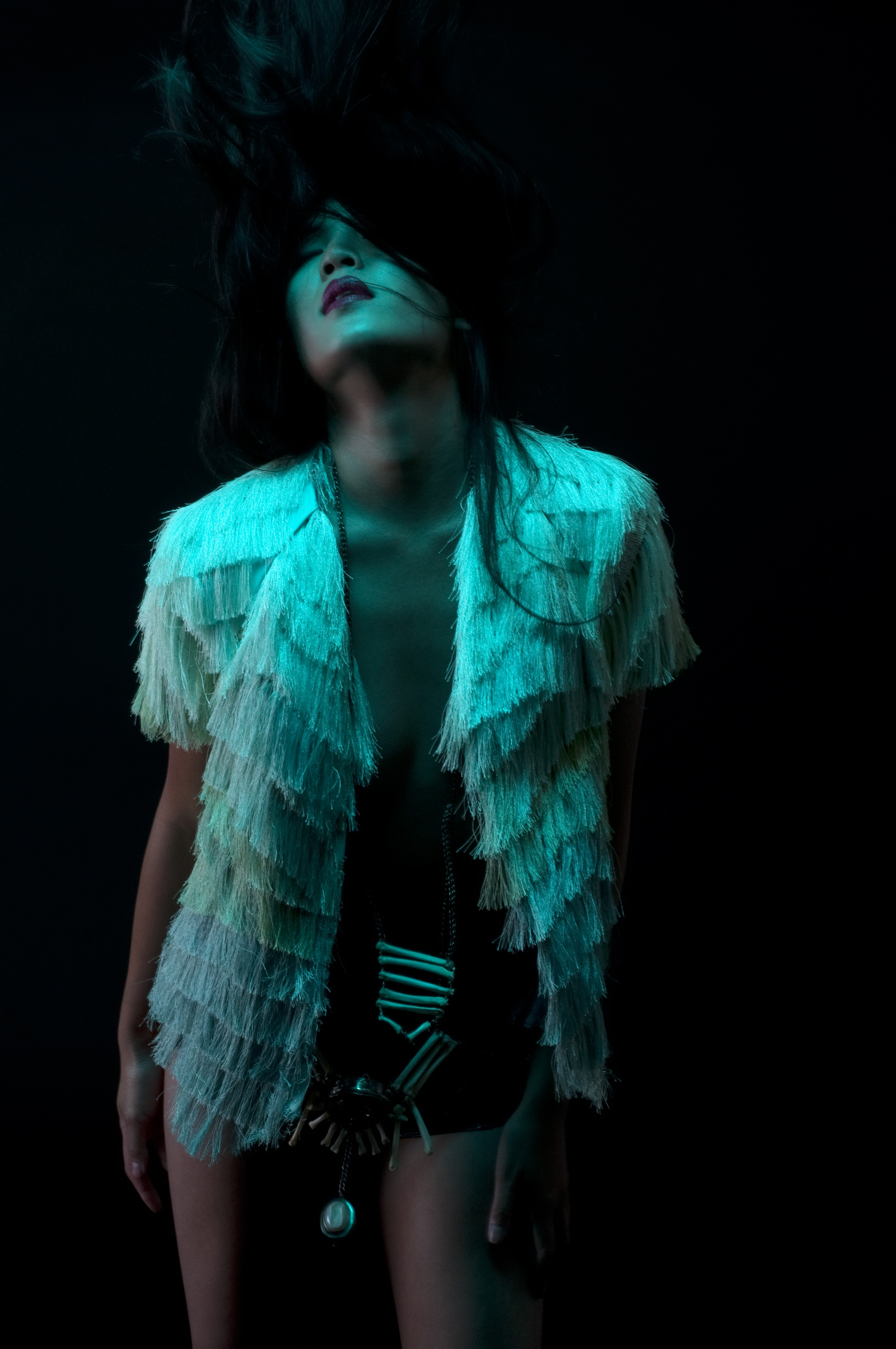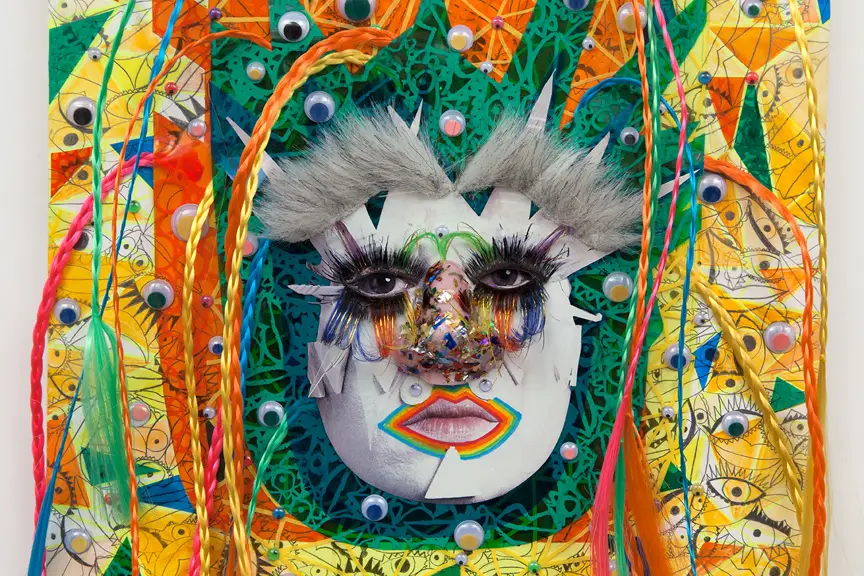To begin the first article in “The Gallerist” column, I think it’s important to explain my thoughts behind the concept before I delve into the works of Tara Donovan. In most art history classes, works are studied by looking at slides that are projected onto a large screen in a dark crowded lecture hall. Unless you’re lucky enough to live in a major arts mecca, you probably will never study these works face to face. I started thinking about the way we study art and realized that there is something vital that’s missing. Viewing a work is an important (if not the most important) element in appreciating and understanding its value. Through this column, I will document my experience of viewing, rather than simply outlining the aesthetic in full, describing the process of its creation, accounting the background of the artist. While all of these things are important, they are germane to what we already study in art. I want to force works that may go overlooked as pictures on a page into a new perspective.
—
I’m slightly embarrassed to say that I’d never heard of Tara Donovan before stumbling into Pace Gallery in the Chelsea neighborhood of Manhattan. Pace, like most galleries, consists on several expansive rooms with sterile white walls. Because the gallery is highly revered and represents some of today’s most famous artists, they even have security guards manning each room. In short, this place is intimidating. Expecting just a traditional exhibition with paintings lining the walls or sculptures symmetrically placed around the room, I entered. The first work that I encountered called Untitled (of course) is pictured below:
The image on the computer screen does not do the piece justice. It is massive. The work took up the entire expanse of the huge room–it became an environment. I felt like I was encountering some ancient ruins. It no longer felt like that intimidating gallery whose doors I had just moments ago opened; it was different. The space was characterized by intricately detailed canyon towers. I suddenly felt so small standing at the foot of these structures. I was even more taken back when I was confronted by another massive installation yet again pinned with the name Untitled.
If I thought I was in another world in front of the first piece, the above work took me even further away from the reality of the New York streets I had just left. From the picture, it appears that the work can be likened to a collection of giant white puffballs, and I’m not going to argue with that. But, as I stood there this work that at first was foliage in a Dr. Seuss story turned into something more sinister. Made up of what appeared to be thousands of small acrylic rods that take on a spike-like quality, the work invaded into the bubble of the viewer. I began to feel uncomfortable in the space. Exploring the different facets of the work, my stomach began to feel almost queasy. Although I’m not quite sure if this is the normal reaction from a casual viewer, it made me realize that art has the power to make us feel, even sometimes feelings that we can’t quite put a name to.
Tara Donovan’s unearthly works aren’t meant to be viewed on a glowing computer screen, they are meant to be seen, to be examined from all sides. These pieces have the power to make you feel, but only if you confront them in the flesh.
For more information, visit the Pace Gallery website here.










